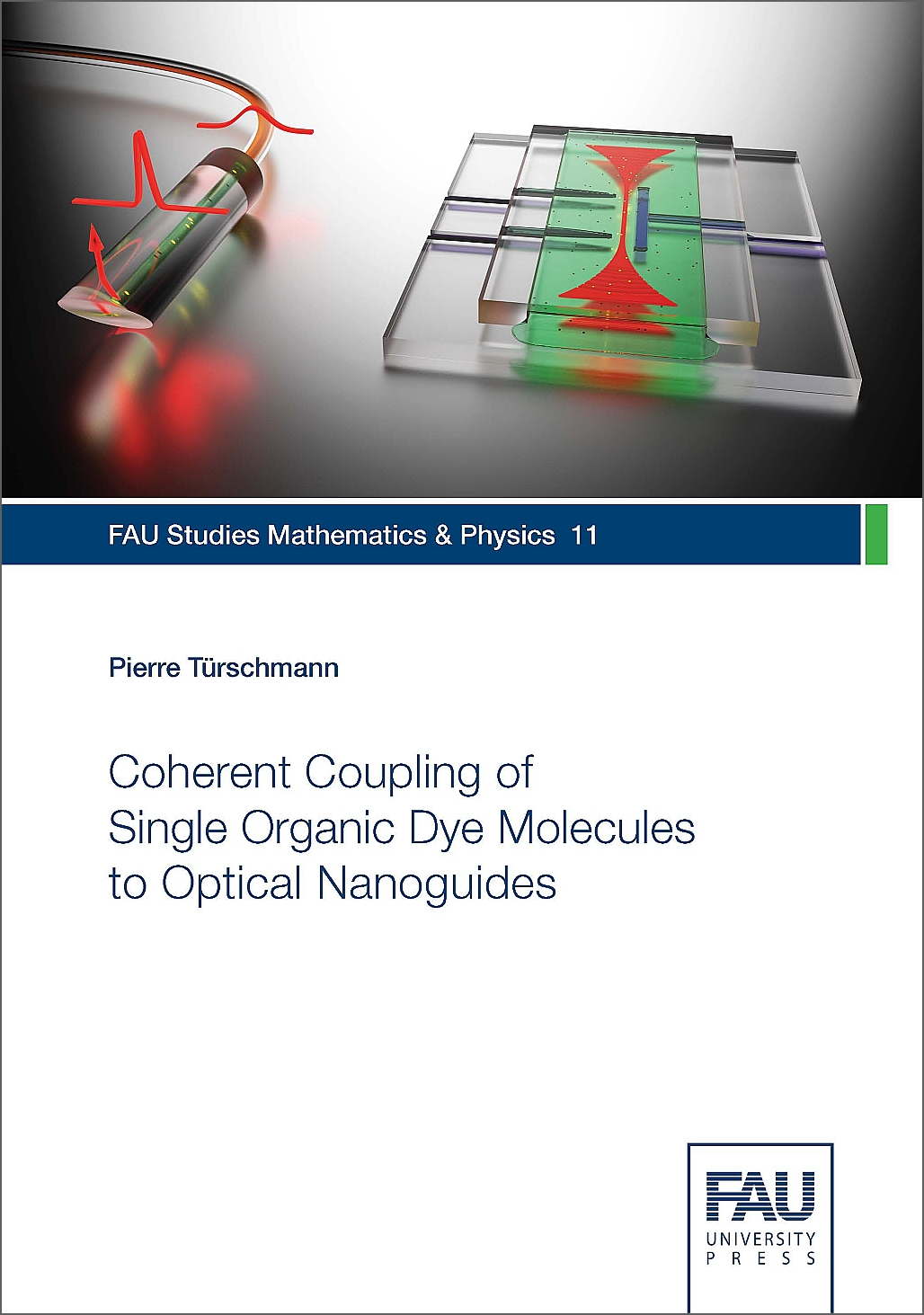Description
Optical studies of single emitters have become routine for a number of systems ranging from atoms and ions in the gas phase to molecules, color centers and quantum dots in the solid-state. A new direction in experimental quantum optics is to exploit this know-how to assemble well-defined arrangements of optically coupled emitters for investigating quantum many-body physics. However, common approaches via strong focusing or cavity quantum electrodynamics do not scale favorably. We developed a scalable light-matter interface by coupling organic dye molecules to subwavelength dielectric waveguides (nanoguides). Their small effective mode area gives rise to substantial single-emitter coupling efficiencies with expected values up to 35%. By combining high-resolution microscopy with fluorescence excitation and resonance fluorescence spectroscopy, we study the coupled nano-guide-emitter system. Our results demonstrate the versatility of the geometry for reaching high optical densities and yet maintaining the addressability of each single emitter. We show that we can couple several thousand molecules simultaneously and coherently to a single guided mode, while their nearly lifetime-limited resonances are inhomogeneously distributed. The optical response of the coupled nanoguide-emitter system can be controlled by modifying the molecular electronic states either via static electric or external optical fields. Here, a pump beam can switch and even coherently amplify a weak laser beam that probes the inherent nonlinearity of a single molecule. Moreover, we gain local control of the molecular resonance frequencies via the dc Stark effect by applying static electric fields on microelectrodes integrated along our chip-compatible nanoguides. Exploiting this tunability allows us to match the resonance frequencies of two molecules that are coherently coupled to the same waveguide mode. All these crucial ingredients, a scalable light-matter interface, high optical densities, external control over the molecular resonance frequencies and their nonlinear response, open up realistic prospects for investigating small, but well-defined networks of quantum emitters coherently coupled via a shared guided mode.


Reviews
There are no reviews yet.